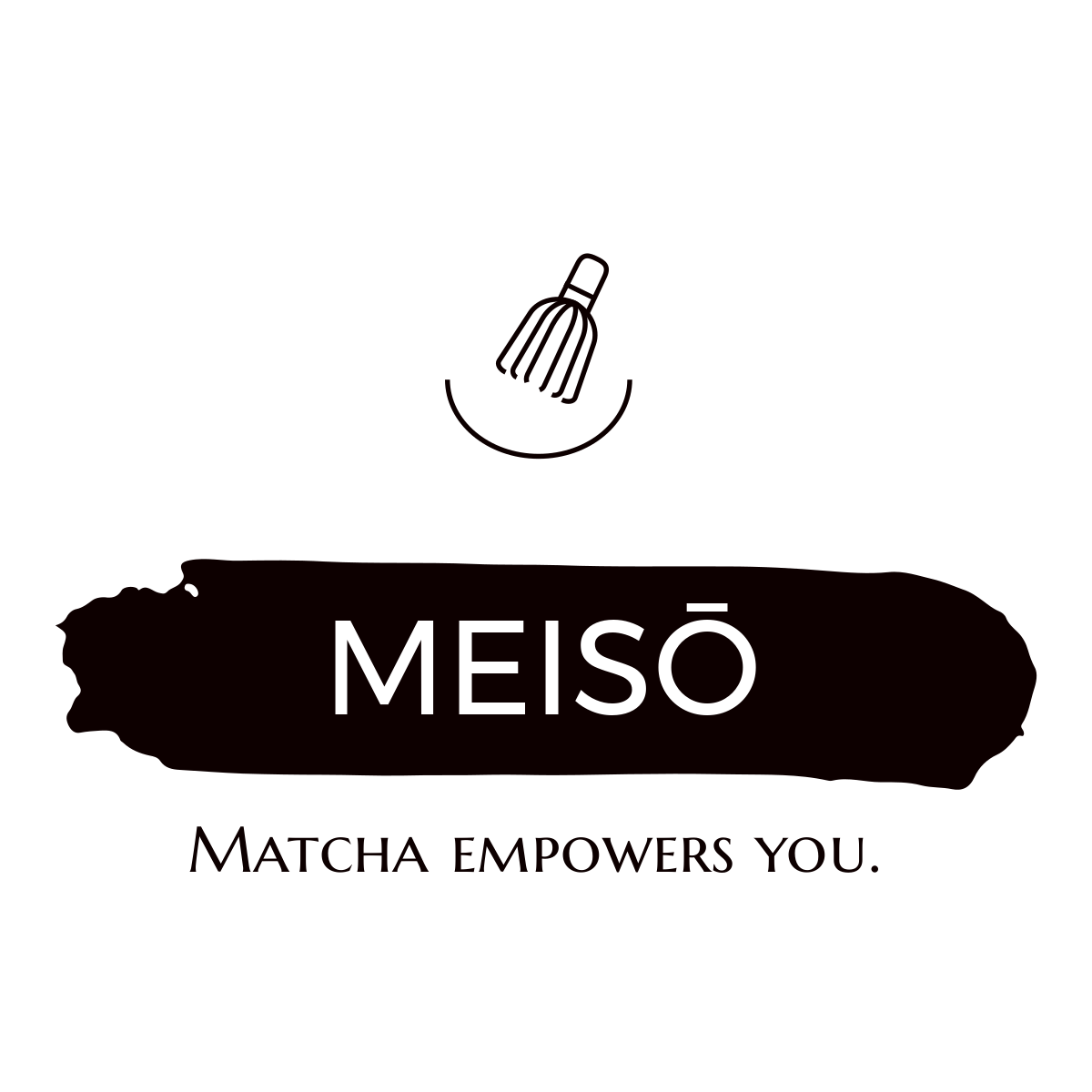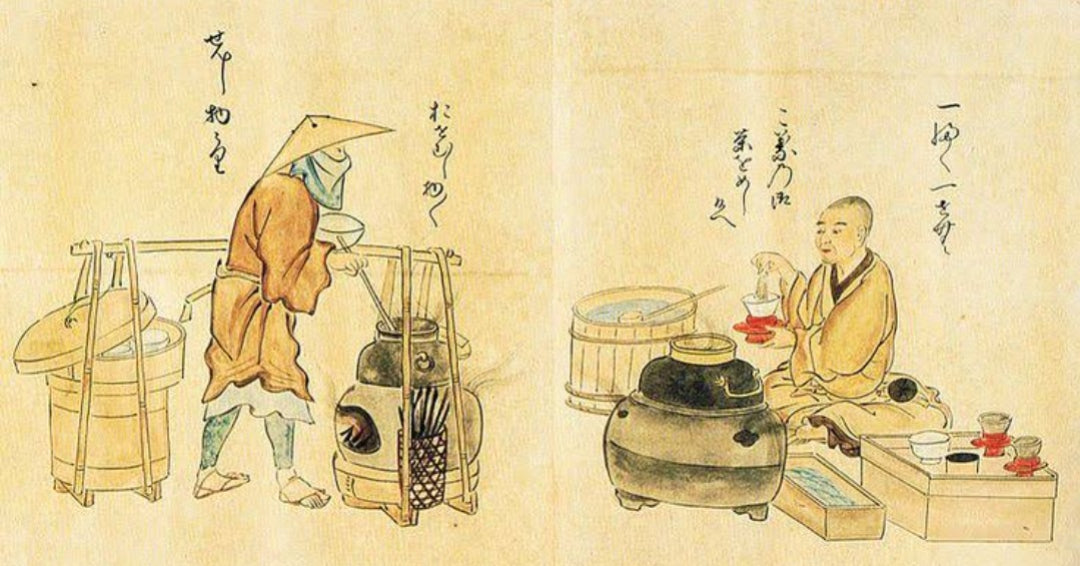THE ROOTS OF MATCHA
Matcha has a long and complex history that goes back thousands of years, to a time when Japan was ruled by Shōguns and China by dynasties. The origins of Matcha can be traced back to the Tang Dynasty in China, which lasted from the 7th to the 10th century. Back then, when Matcha was still in its infancy, it was very different from what it is today. The tradition of "tea cakes" was widespread, meaning that tea leaves were steamed, dried, and formed into bricks to facilitate transportation and trade of the tea harvest. The tea itself was prepared by roasting, pulverizing and brewing the resulting powder with hot water, adding a pinch of salt. However, the process of Matcha preparation evolved with the subsequent Song Dynasty, which ruled from the 10th to the 13th century. Soon, preparing the tea by whisking the finely ground green tea powder with hot water in a large bowl became the preferred method. With the spread of Zen Buddhism in Japan, the journey of Matcha continued, and Japanese tea masters gradually perfected the art of preparation and cultivation. Since the 12th century, Matcha evolved into an integral part of Japanese culture and later became the centerpiece of the Japanese tea ceremony. Today, Japan's best-kept secret is known worldwide and has become one of the most unique and sought-after delicacies of the 21st century.
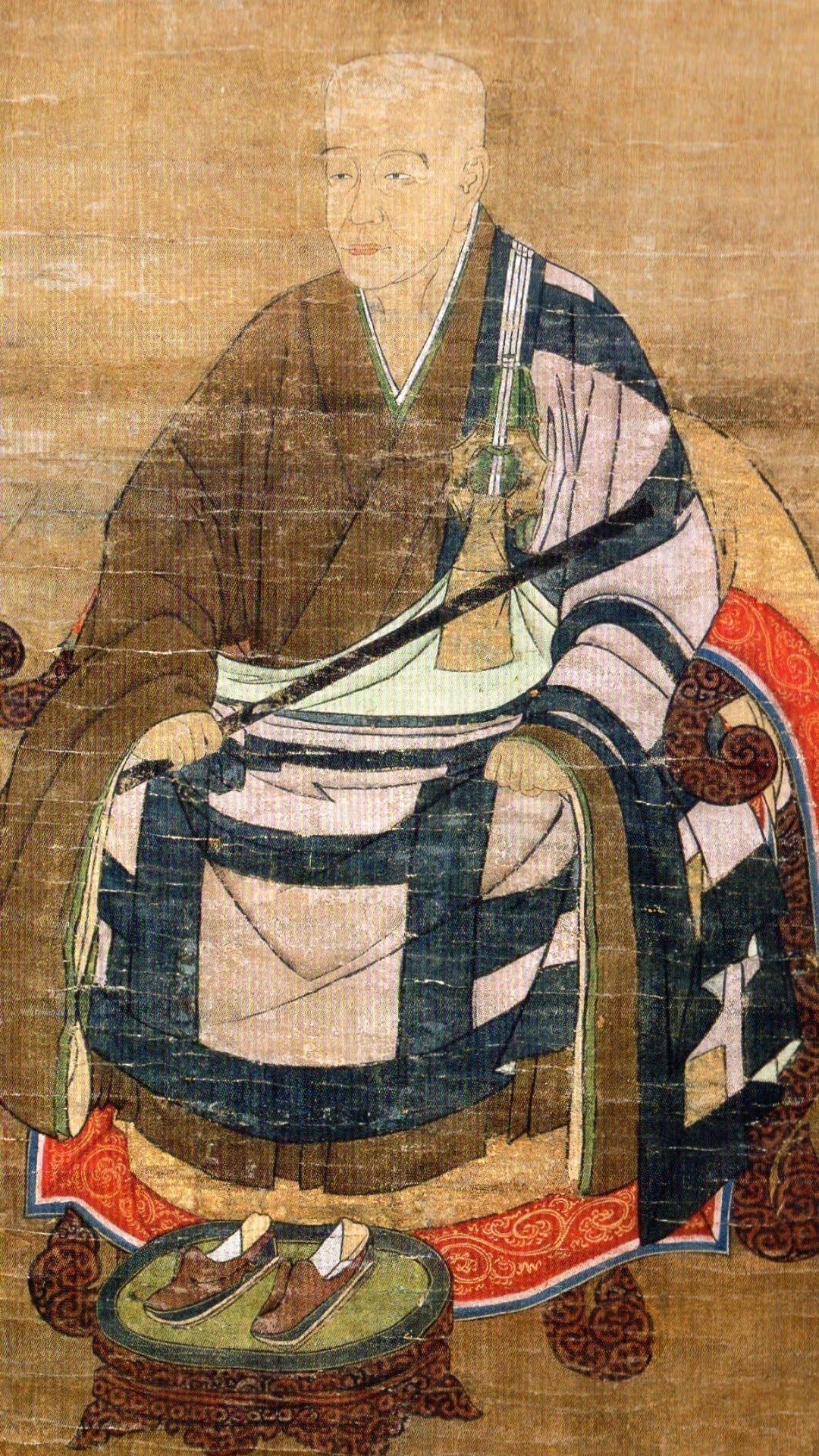
THE ELEXIR OF LIFE
During the Song Dynasty in China, the preparation and consumption of powdered green tea played an important role in the lives of many early Chan monks (the origin of Japanese Zen Buddhism). This unique ritual of tea preparation soon became an integral part of their daily routine as they realized the meditative effects of Matcha. The sustained energy level and state of mental calm and alertness that Matcha gave them was something they had never experienced before. The ritual of preparing and consuming powdered green tea was eventually brought to Japan by the Japanese monk Myōan Eisai in 1191. Eisai, who is also known as the father of Japanese tea culture, was an influential Japanese Buddhist monk who spent most of his life in China studying Chan Buddhism. When he eventually returned to Japan, he brought with him the teachings of Chan Buddhism, from which Japanese Zen developed, as well as tea seeds and the method for preparing Matcha. The seeds he brought from China produced the highest quality tea leaves in all of Japan. Eisai was instrumental in popularizing Matcha and devoted the rest of his life to the teachings of Zen Buddhism and Matcha. In 1214, he wrote the first scripture, Kissa Yōjōki, in which he described Matcha as a precious medicine and urged the Japanese people to drink the "elixir of life" for its health benefits.
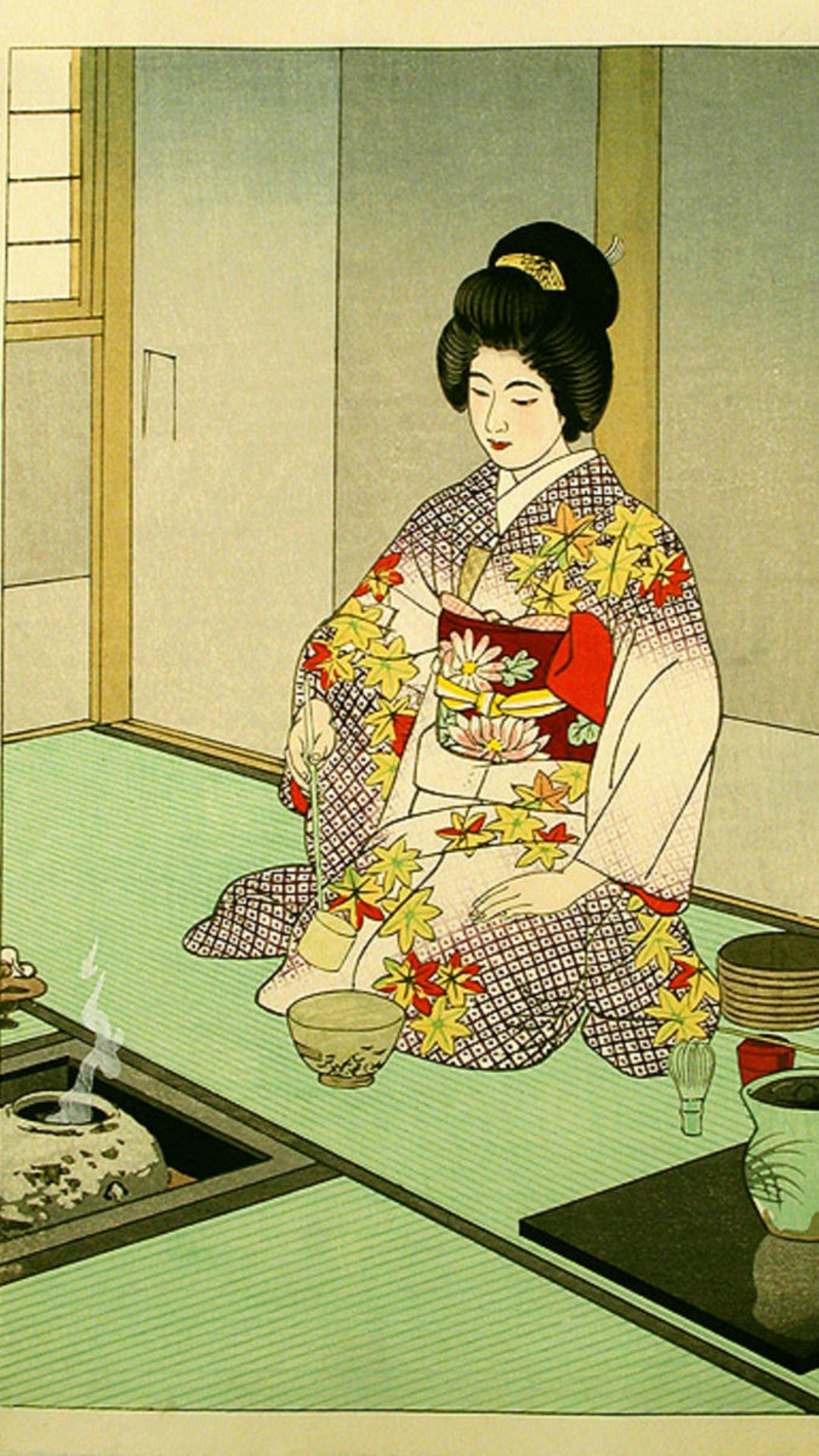
THE WAY OF TEA
While Matcha gradually lost popularity in China and was replaced by other popular Chinese teas, its use and enjoyment continued to grow in Japan. Soon, in the 13th century, during the Kamakura shogunate, Matcha was produced in extremely limited quantities, and its use soon shifted from purely religious purposes to a luxurious status symbol toward the end of the 16th century. At this time, Matcha was highly valued by the upper classes of Japan's early caste-oriented society, especially the samurai class, and its popularity kept growing until the end of the 16th century. The Japanese valued Matcha and aspired to it, as it was a good way to "rise above" one's station in life. During this time, the "way of tea" -chadō-茶道- began to develop, bringing together several fragmented pillars of the tea ceremony into a formalized ritual of drinking Matcha. Japan's powerful feudal lords -daimyō-大名- soon began to hire tea masters for prestige and also collected tea ceramics and utensils, which were considered valuable cultural items. Soon after, tea farmers slowly began to understand the best cultivation techniques and developed a new method for growing the green tea plant by cultivating it in the shade. This new innovative method is largely credited for maximizing Matcha's health benefits and smooth umami flavor.
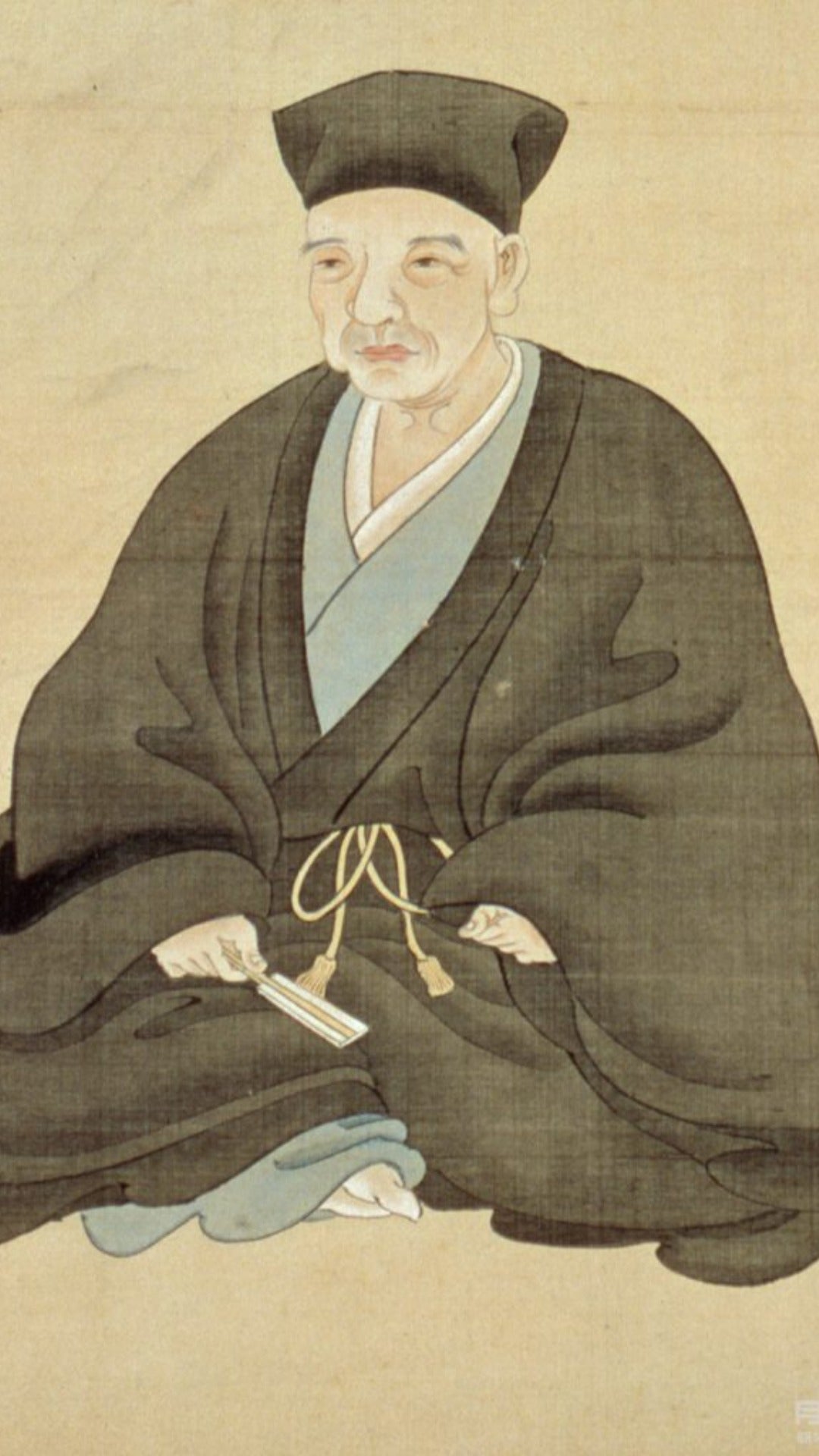
THE GREAT JAPANESE TEA MASTER
In the late 16th century, another Zen master continued to shape Japanese tea culture and is also considered one of the key figures in the development of the "Way of Tea" -chadō-茶道-. Sen no Rikyū became the most famous and revered historical figure of the Japanese tea ceremony -chanoyu-茶の湯-. He transformed it into a highly choreographed ritual that encompasses many art forms such as ceramics, painting, flower arranging, gardening, calligraphy, and more. Rikyū is also associated with the implementation of the Zen aesthetic concept of wabi-sabi in the tea ceremony. It is described as an appreciation of the beauty of nature, which is imperfect, impermanent, and incomplete. This particular style of tea ceremony, also known as wabi-cha, emphasizes simplicity and the absence of ornamentation for a " session ", making the interior of the tea room look rustic and imperfect, as it would in nature. He also formed the four basic principles of the Japanese tea ceremony that are still known today: wa (harmony), kei (respect), sei (purity), jaku (tranquility).
MATCHA TODAY
While the tea ceremony became increasingly sought after as an art form, Matcha remained the secret tea of the Japanese upper class until the mid-18th century. Since then, Matcha's popularity has continued to grow, and what was once Japan's best-kept secret is now considered a widely available delicious ceremonial delicacy in the modern world. Today, the popularity of Matcha is greater and more widespread than ever before. Even today, modern tea ceremonies provide an opportunity for social and intellectual encounters, and demonstrate an act of caring and reverence for tradition.
